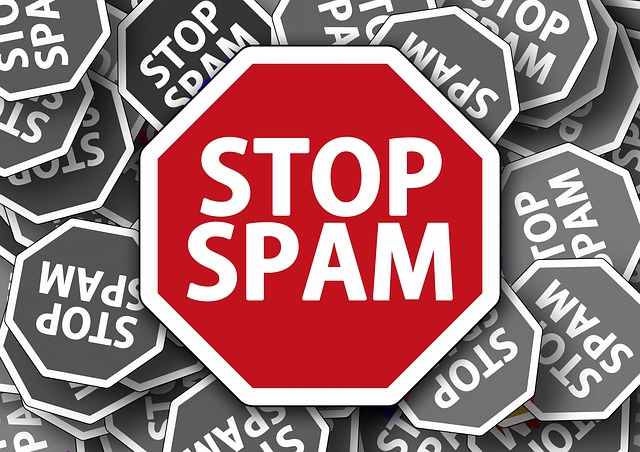One of our readers who has been faced with issues relating to spam comments recently emailed me saying, “please, I need help in detecting and moderating spam comments”. Answers were provided to her. Also, I consider it necessary to discuss it with other readers who might be facing similar problems.
Almost everyone enjoys seeing comments on their blog posts. It helps you stay connected with your visitors. However, It’s better not to get comments at all than to get spam comments.
If you run a website, then there’s every tendency that you become a target for spam comments. The more popular your blog becomes, the more spam it is likely to get.
Those spam comments put your website at risk. Especially if they link to malicious websites.
If you have been targeted by several spam comments, then there’s a need to put some measures in place to help you limit those spam comments. In order to avoid facing a Google Penalty.
The comments system for your website is supposed to be automated. Approval of comments shouldn’t have to be done manually. Especially if you have a large website and get lots of visits.
If because you don’t want to offend anyone, you automatically approve all comments on your website, then spam comments will be approved along with the good comments.
What are spam comments?
Spam comments usually contain one or more link(s) to low quality websites.
Spam comments may also contain anchor texts that contain certain search engine keywords.
Mind you! when we speak of low quality websites, we are not speaking of new websites, but rather, websites that are maybe involved in some dark SEO practices or are under Google’s spotlight for all the wrong reasons.
Spam comments may also mean repetition. If a person’s contribution to your blog post is not unique to just your post, then it might be a spam comment.
Some people go about repeating the same comments on several blogs for the sake of link building. This is very easy to detect. Just make a simple Google Search of whatever comment you doubt its credibility. If you find several exact match for that comment, then it’s spam.
In 2013, a Google penalty was placed on Mozilla for allowing several spam comments. Funny enough, those comments actually had a ‘no-follow’ tag. So, search engine bots were not supposed to follow those comments.
Lesson: whether your comments system is setup with a no-follow tag or not, it must be regulated.
Mozilla is a big organization. They probably had too much to handle. If you have a website not as large as Mozilla, then you have no excuse for not moderating your comments.
How to moderate spam comments in WordPress
In WordPress, there’s a plugin to perform almost any task. There are many anti-spam plugins. The most popular plugin among them is Akismet anti-spam.
You can learn to install a WordPress plugin from our previous guide.
If well configured, Akismet automatically regulates spam comments and may require little or no interventions from you.
After installing Akismet, it should be located in your WordPress dashboard, under Jetpack.
Hover your mouse cursor on Jetpack and click on Akismet anti-spam.
To activate your Akismet account, click on connect with Jetpack.
You will be provided with a list of all the plans. Select a plan based on the services you want to get from Akismet.
It is free for personal blogs, but ranges from $5-$50 for their plus and enterprise packages respectively.
After choosing your plan and registering with Akismet, you will be provided with an API key. It is with that API key that you will verify your account.
You can further configure your comments under settings>>discussion
Under this setting, you can implement other advanced features that will regulate how comments are approved on your blog.
You can select or select any of the features as you so desire and hit the ‘save changes’ button.
After properly configuring all of these settings, your website will stay protected from spam.
Connect with us on Facebook and Twitter to get access to future AdSense and WordPress tutorials faster than anyone else.
